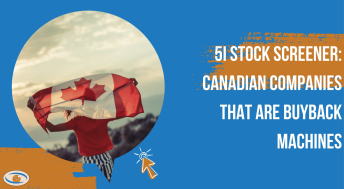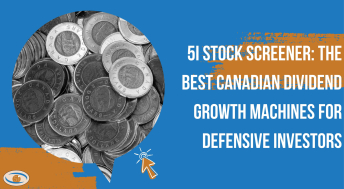Recently, the dislocation in the Financial sector has created some interesting opportunities for investors. Due to the hike in interest rates, banks have recorded significant losses in their bond portfolios, which in some cases is even more than the equity capital leading to the collapse of Silicon Valley Bank, and more could be expected. As a result, shares of the Financial sector generally have been under tremendous pressure. However, the market does not panic for no good reason, there is a chance that one of these US banks could go under due to a liquidity crisis. As the US government publicly announced the deposits would be protected and covered by the Federal Deposit Insurance Corporation (FDIC), the risk of a contagion effect on the systems is low. Therefore, we think the current drawdown could offer good long-term opportunities for attractive entry points into the sector.
Below we have screened for companies with the following criteria:
- Leverage ratio with long-term debt to equity below 1.5x
- Market cap larger than $100 million
- Positive returns on Equity (ROE) on average in the last five years
- The financial sector (Banks and Insurance companies)
The criteria above measures a company’s financial profile within the Financial sector, we have manually included only banks and insurance companies as we think those are the most affected names within the sector recently. The leverage ratio provides a brief measure of the strength of its balance sheet. In the current environment, having a solid balance sheet is a competitive advantage as it would allow companies to play offence by capturing market share or acquiring competitors at distressed valuations. While weak companies would tend to focus on cost-cutting and balance sheet reorganization to get through downturns.
Here is the screener:
|
As usual, we prefer companies that are over $100 million in market cap, as these companies have proven themselves to be self-sustainable entities. Lastly, we think a track record of profitability over the last five years is crucial, we don’t screen out low ROE businesses, as we think some of them may choose to prioritize growth and market share rather than optimizing for profitability.
Unlike American regional peers, Canadian financial institutions and large US banks are well-capitalized and strictly regulated by the federal government. This crisis could be an opportunity for large institutions to capture more deposit market share as depositors would prefer large banks. This could fuel the long-term growth prospect of well-capitalized banks.
Members will recognize some of the names that we cover in our Model Portfolios and coverage list such as Toronto Dominion Bank (TD), The Bank of Nova Scotia (BNS), and Trisura Group Ltd (TSU).
Again, these companies on the list are not recommendations, but rather a starting point that helps investors generate potential investment ideas in the current market. Investing in financial institutions requires a deep understanding of their balance sheet such as the quality of the loan and bond portfolios, which is inherently complicated. While the recent events with regional US banks have largely been contained to the US, the situation is still fluid and investors need to consider any potential risks for Canadian companies. With saying that we continue to feel that the long-term potential for the Canadian financial sector remains strong. Investors need to do their due diligence and allocate appropriately before committing capital. You can view our previous screener blog here.
Take Care,

Disclosure: The analyst(s) responsible for this report do not have a financial or other interest in the securities mentioned.






Comments
Login to post a comment.